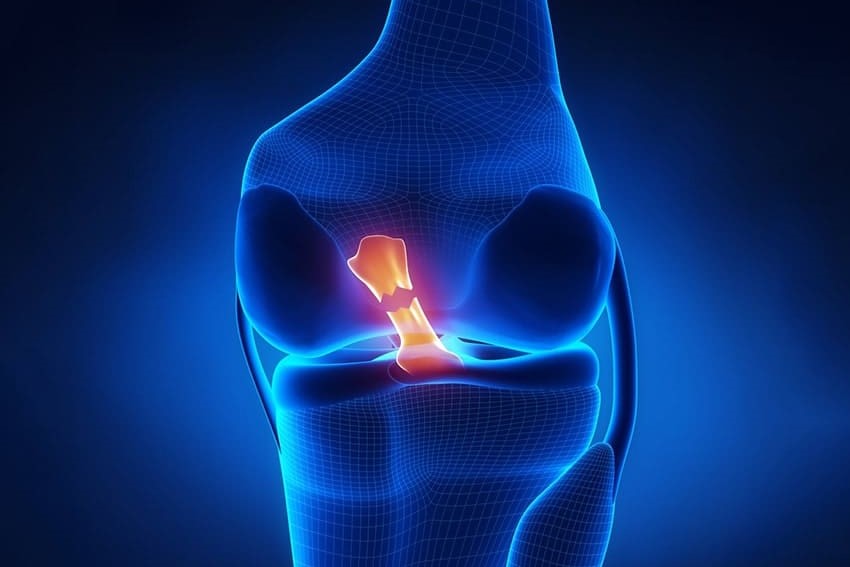
Anterior cruciate ligament injury: symptoms, diagnosis and treatment
What is an anterior cruciate ligament injury? The anterior cruciate ligament (ACL) is one of the cornerstones of knee stability. It prevents the anterior translation movement of the tibia over the femur
Injury of the anterior cruciate ligament occurs fairly frequently in sportspeople and is caused by torsion movements in the vertical axis with anterior dislocation
The injury, which is almost always complete, can sometimes involve the tibial intercondylar spine (which corresponds to the distal insertion of the ligament).
What are the symptoms of an anterior cruciate ligament injury?
Clinically, it presents with pain, swelling (often considerable), and functional impotence.
Diagnosis of an anterior cruciate ligament injury
In the acute phase, it is difficult to assess the involvement of the ligament, so it is necessary to see the patient again after about 15-30 days, during which he will have been at rest and will have recovered his full range of motion.
Magnetic resonance imaging (MRI) can be decisive in cases where the diagnosis is more difficult, but normally the orthopaedic specialist is able to diagnose the injury with 90% reliability.
What is the therapy?
The treatment of an ACL injury is surgical, since it does not heal.
The evolution of surgical technique allows ligament reconstruction to be performed arthroscopically, i.e. without the need to perform an arthrotomy (major open surgery) with less invasiveness and therefore less risk of infection and faster functional recovery.
The reconstruction is based on the use of the patient’s own tendons (patellar tendon, semitendinosus tendon and gracilis tendon), which, appropriately harvested and treated, are inserted in the ‘place’ of the injured cruciate.
For several years now, it has been possible to minimise the sacrifice of the patient’s other tendons by using a tendon graft from a cadaver, which has been appropriately tested and purified.
The patient is passively mobilized as early as the day following the surgery; within two weeks he recovers his entire joint arch and can start walking, first with crutches and then independently.
One month after the surgery he can swim and use the exercise bike.
Within 6-9 months he can return to competitive sports without the need for any knee brace.
Read Also:
Emergency Live Even More…Live: Download The New Free App Of Your Newspaper For IOS And Android
Meniscus, How Do You Deal With Meniscal Injuries?
Meniscus Injury: Symptoms, Treatment And Recovery Time
First Aid: Treatment For ACL (Anterior Cruciate Ligament) Tears
First Aid For Knee Pain And Injury
Wrist Fracture: How To Recognise And Treat It
Carpal Tunnel Syndrome: Diagnosis And Treatment
Knee Ligament Rupture: Symptoms And Causes
Lateral Knee Pain? Could Be Iliotibial Band Syndrome
Knee Sprains And Meniscal Injuries: How To Treat Them?
Treating Injuries: When Do I Need A Knee Brace?
Everything You Need To Know About Fibromyalgia
Knee Cartilage Damage: What It Is And How To Treat It
First Aid For Sprains: When To Use Ice Or Heat


